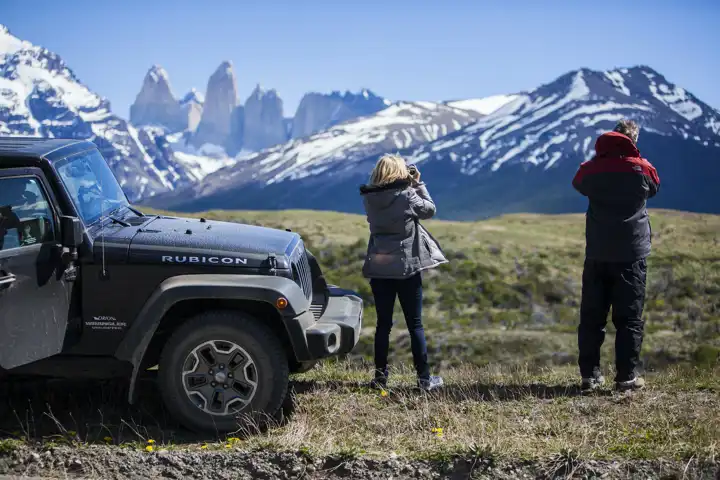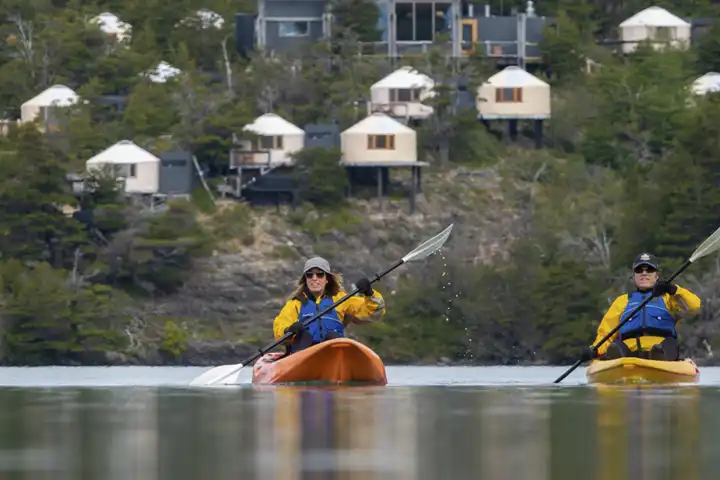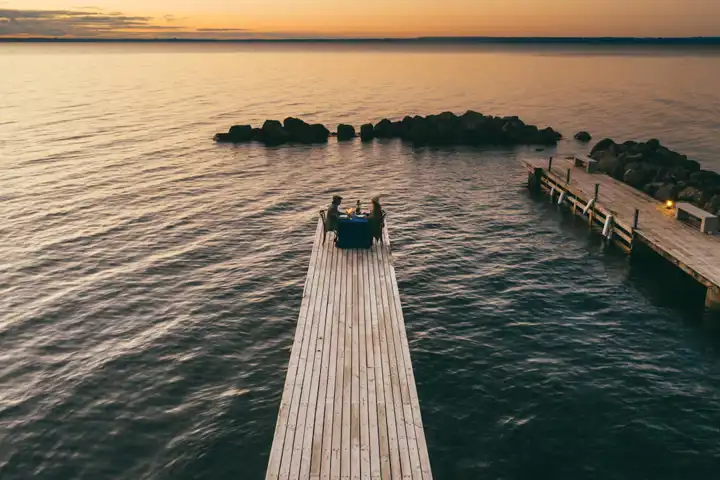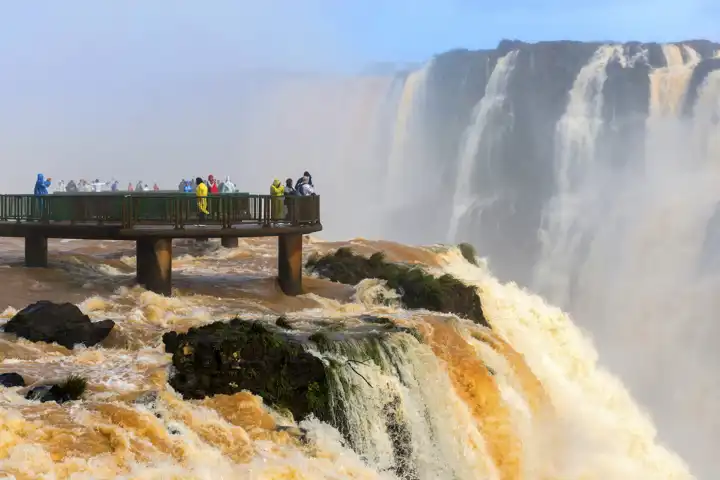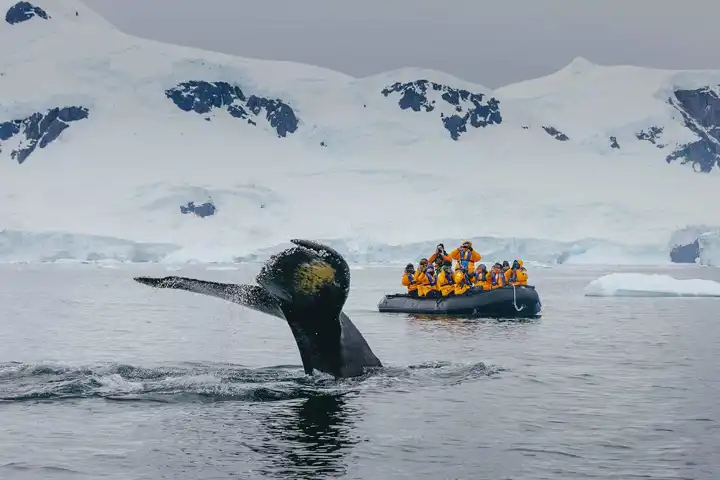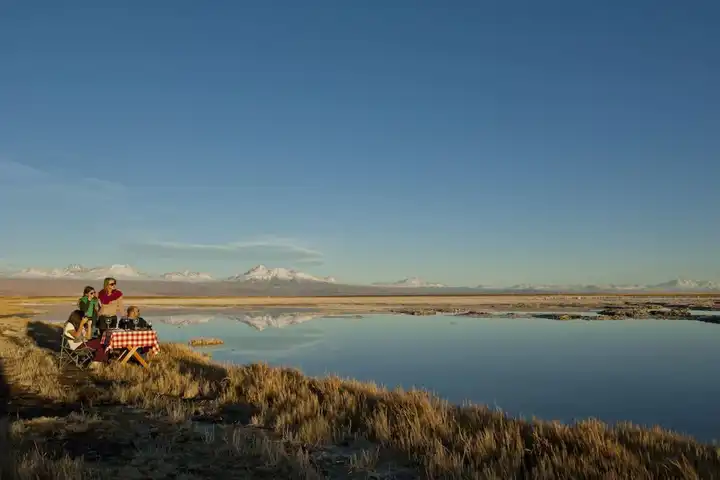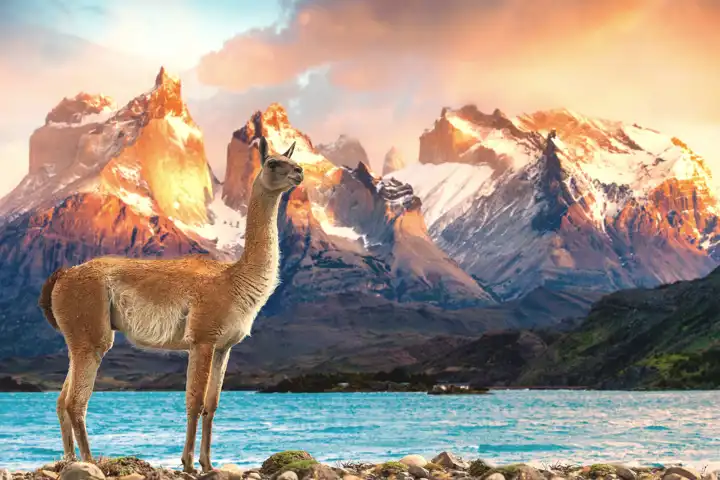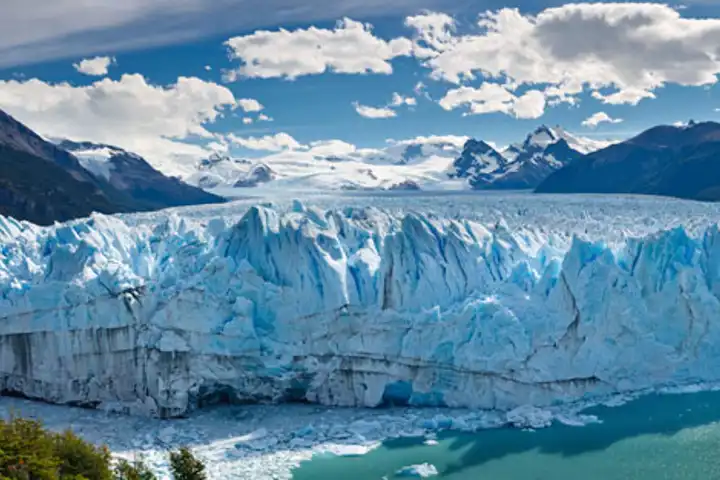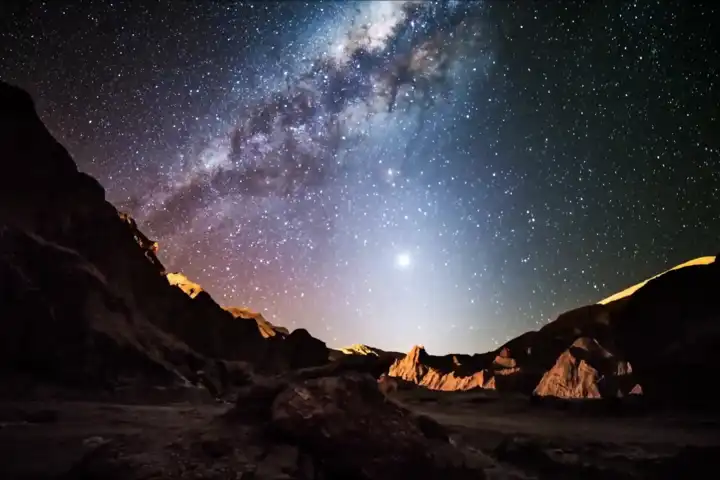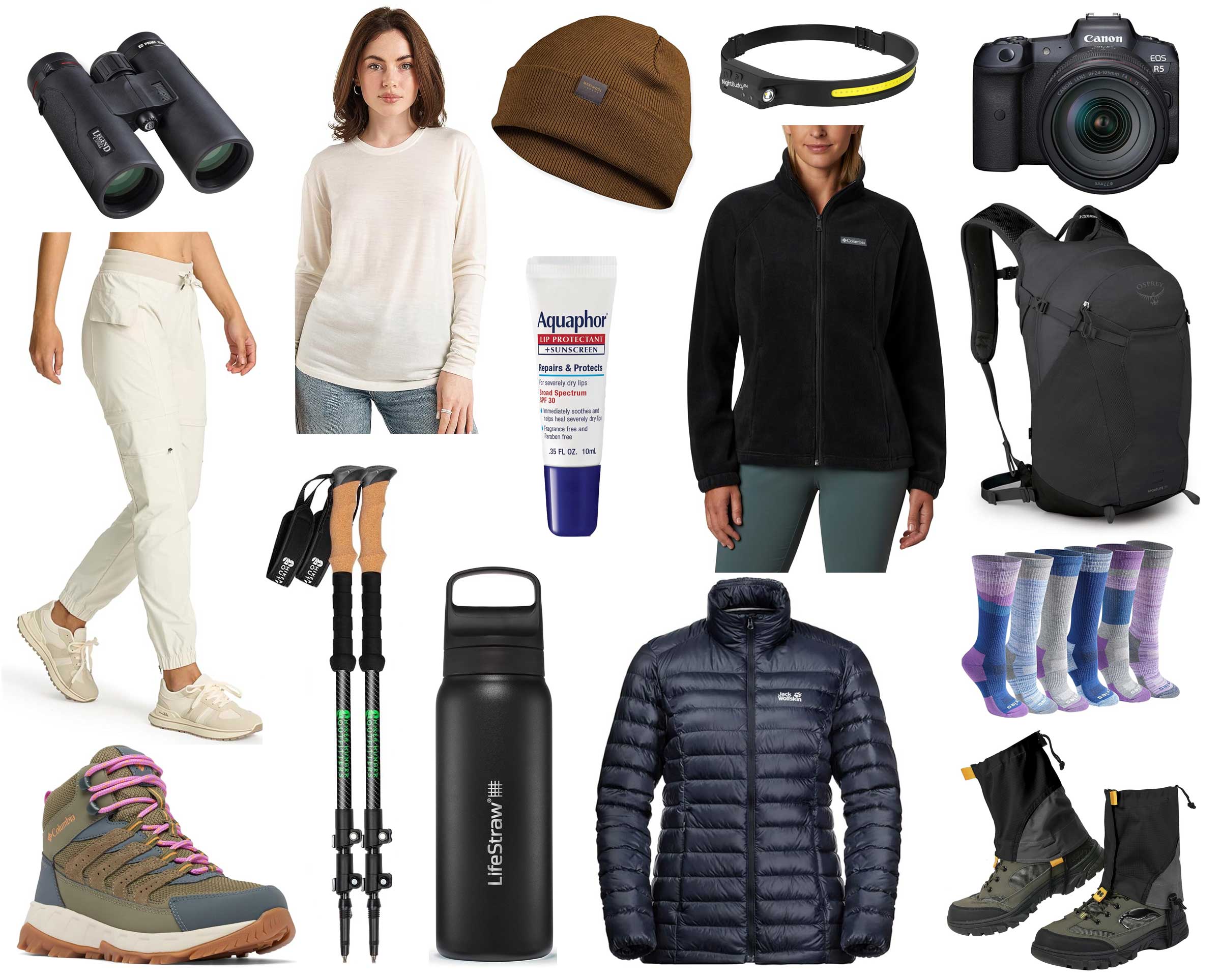The Ultimate Patagonia Packing List
What to Pack for Patagonia
Patagonia, spanning southern Chile and Argentina, is a region of rugged beauty, diverse landscapes, and variable weather. From glaciers to forests and vast plains, your packing list needs to reflect these changing conditions. Follow Ker & Downey's guide to help you discern what to pack for Patagonia.
Disclaimer: Some of the links below are affiliate links. As an Amazon Associate, Ker & Downey earns a small commission when you click through and make a purchase.
Patagonia Seasons and Weather
The Southern Patagonian Ice Field, spanning between Chile and Argentina, feeds several key glaciers. Of course, this includes such behemoths as Upsala and Perito Moreno in Los Glaciares National Park in Argentina. It also comprises O’Higgins glacier in Bernardo O’Higgins National Park and Grey glacier Torres del Paine in Chile.
Given its massive size and diversity of terrain, the weather in Patagonia can change drastically in temperature and elements. Consider the following pockets in Chilean and Argentinian Patagonia—their highlights and what to expect in each travel season. Indeed, you will notice there are several great times to visit Patagonia, depending on your interests.
Chilean Patagonia (Torres del Paine, Puerto Natales & Punta Arenas)
One of the keys highlights of the Patagonia region of southern Chile includes Torres del Paine National Park, a UNESCO Biosphere Reserve. Adventurers of all levels can expect towering mountains, pristine icebergs and glaciers, and expansive grasslands sheltering rare wildlife. Of the many trekking options available, the W and O trails are the most popular among advanced hikers.
The gateway to the park, Puerto Natales, offers additional natural and cultural experiences. Meanwhile, Punta Arenas serves as the departure point for most fly-cruises to Antarctica as well as expedition cruises through Tierra del Fuego.
In this region, the Patagonian climate proves intense and unpredictable. Indeed, you could see all four seasons in one day. Weather wise, you can generally expect the following:
- Spring (Sept-Nov): Blooming wildflowers and an abundance of native plants and birds with temperatures from 35°F to 64°F.
- Summer (Dec-Feb): Strong winds but milder temperatures of 41°F to 73°F.
- Autumn (March-May): Shoulder season. Trees change from green to brilliant yellows and oranges with temperatures between 32°F and 50°F.
- Winter (June- Aug): Milder winds but more unpredictability, with the possibility of snow and low visibility. Winter in Patagonia features temperatures ranging between 32°F and 41°F.
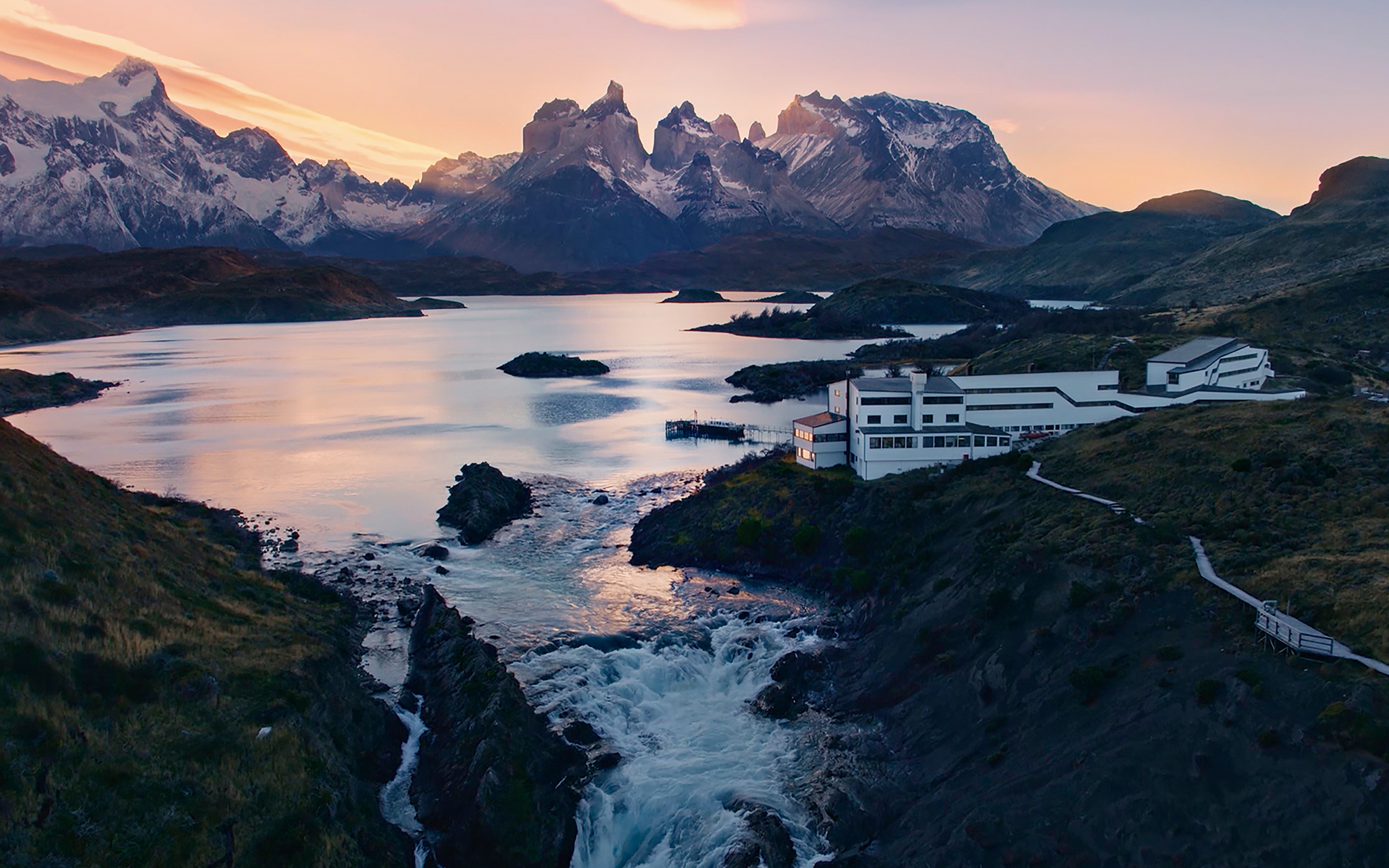
Tierra Del Fuego Province, Argentina (Ushuaia)
Located at the southernmost tip of South America, this region is aptly nicknamed the “End of the World.” Ushuaia, the capital of the province, offers a range of thrilling adventure activities. Between the Beagle Channel and nearby Penguin Island, visitors will find plenty to keep themselves busy and entranced.
Ushuaia also serves as the launching point for most Antarctica cruises. In addition, travelers can cruise through Tierra del Fuego to Punta Arenas in Chile.
Ushuaia's weather changes often, with shifts between seasons. However, the sea helps moderate low temperatures, so even in winter, it's not extremely harsh.
- Spring (Sept-Nov): It's typically windy in the spring months. In September and early October, you can still enjoy snow sports in the snow-covered Andes Mountains. Temperatures range from 35ºF at night to 52ºF during the day.
- Summer (Dec-March): Fresh and pleasant, with around 17 hours of sunlight and temperatures averaging around 50°F to 66°F.
- Autumn (March-May): The landscape comes alive with vibrant colors. Average temperature of 43ºF.
- Winter (June-Sept): Chilly, with minimum temperatures as low as 14ºF at night and around 32ºF to 35ºF during the day.
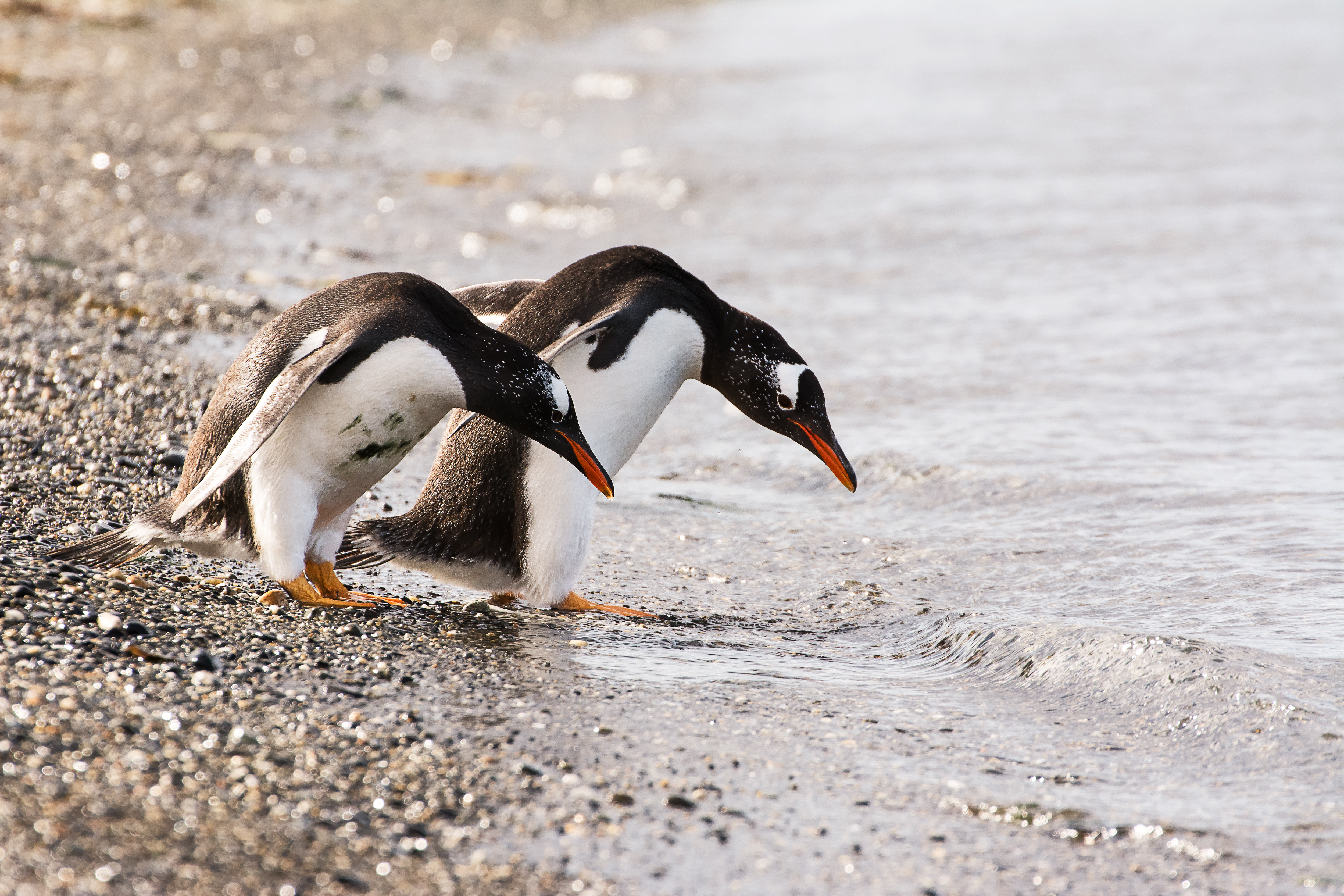
Santa Cruz Province, Argentina (El Calafate & El Chaltén)
Encompassing the wonders of Los Glaciares National Park, this region features famous glaciers and mountain ranges. El Calafate serves as the launching pad for cruises to and treks around Perito Merino and Upsala glaciers.
Meanwhile, El Chaltén wears its “National Capital of Trekking in Argentina” label proudly. Adventurous visitors can take advantage of plenty of hiking and climbing around Mount Fitz Roy.
As with the other regions of Patagonia, the Santa Cruz province boasts all four seasons as well. Its weather closely aligns with that of Torres del Paine across the border.
- Spring (Sept-Nov): The region comes to life with blooming wildflowers. Temperatures range from 35°F to 64°F.
- Summer (Dec-Feb): The summer months have strong winds but milder temperatures. Temperatures typically ranging from 41°F to 73°F.
- Autumn (March-May): Trees change from green to brilliant yellows, reds, and oranges with temperatures between 32°F and 50°F.
- Winter (June-August): Milder winds, but greater unpredictability, including snow and reduced visibility. Expect average temperatures between 27°F and 41°F.
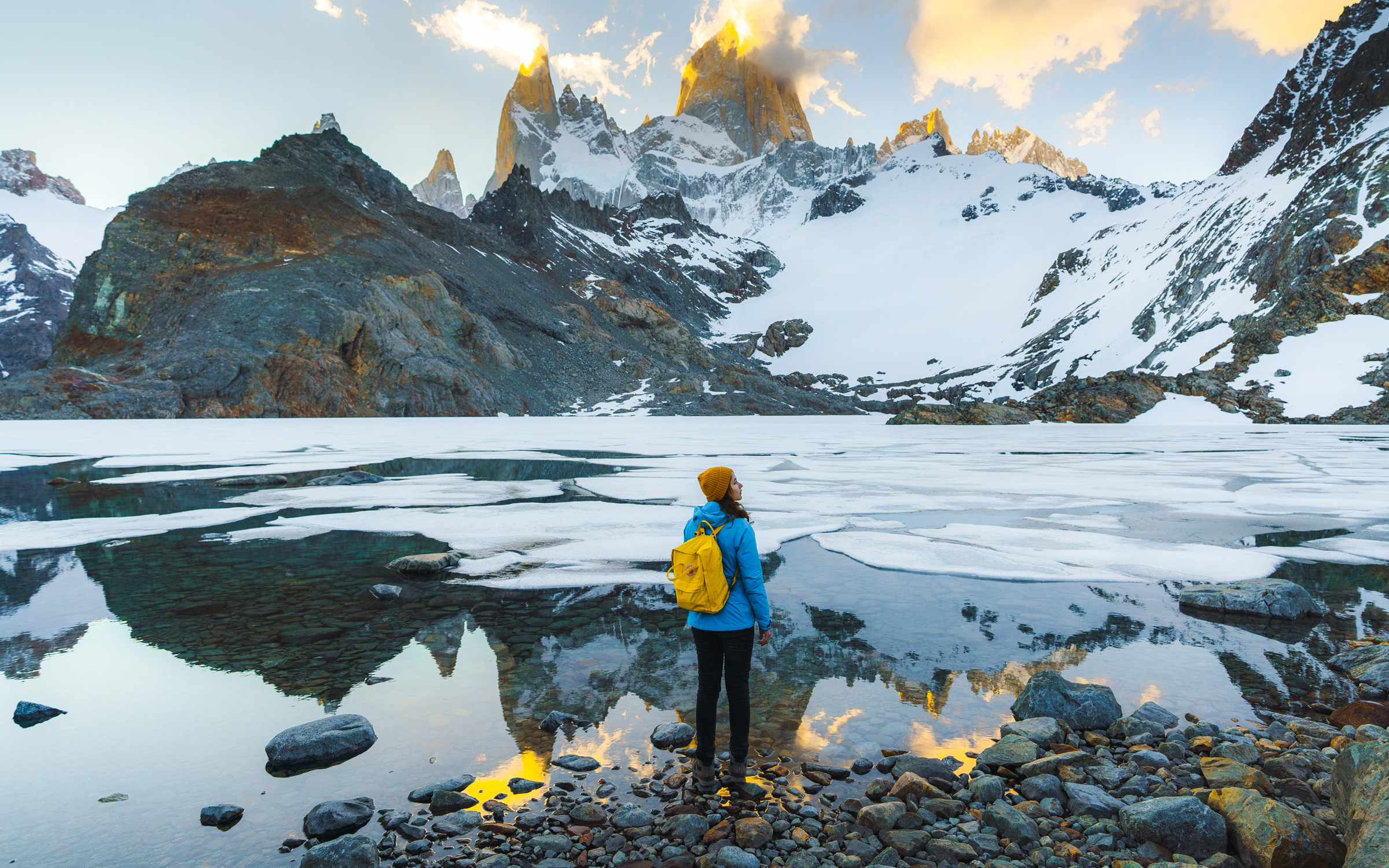
What to Pack for Patagonia
1. Clothing for Layering
The key to dressing in Patagonia is layering to accommodate rapidly changing weather. The temperature can fluctuate throughout the day, from warm sun to chilly winds. It will sometimes even snow, no matter the time of year.
Therefore, wear layers so you can make the most of your trip, no matter the weather. If you can pack quick-drying layers, even better. Layers should consist of:
- 1st layer: Shirt and long underwear made of synthetic materials that dry quickly.
- 2nd layer: Light clothing that shelters and protects you from the wind.
- 3rd layer: Breathable, waterproof jackets and pants on the outer layer to keep you warm and dry.
Specifically, ensure the following clothing items make it on your Patagonia packing list:
- Base Layers: Moisture-wicking, thermal tops and bottoms. Merino wool or synthetic materials work best.
- Mid Layer: Fleece or a light, insulated jacket for warmth.
- Outer Layer: A lightweight, waterproof and windproof jacket (like Gore-Tex) to shield you from the elements.
- Convertible Pants: Lightweight pants that convert into shorts for versatility. Opt for water-resistant or quick-drying fabrics.
- Warm Accessories: Hat or beanie, gloves, and a buff or scarf to protect your neck and face from the wind.
2. Footwear
Patagonia’s terrain can range from flat plains to steep, rocky trails. Therefore, pack sturdy and comfortable footwear.
- Hiking Boots: Waterproof, supportive boots with good traction will prove essential for long hikes. While hiking shoes are ideal, walking shoes or trainers could also work.
- Trekking Socks: Wool or synthetic socks that provide warmth and prevent blisters. Don't forget to pack several pairs of socks to have a spare one when going on an excursion.
- Comfortable Shoes: Lightweight shoes like sandals or slip-ons to give your feet a break after a day of hiking.
3. Outdoor Gear
Whether you’re trekking through Torres del Paine or exploring the glaciers near El Calafate, having the right outdoor equipment can make your journey more comfortable.
- Daypack: A 20-30L backpack to carry your daily essentials like water, snacks, and extra layers. We highly recommend backpacks with a waterproof covering, in case of really heavy rain.
- Trekking Poles: These can be useful on steep or uneven trails. However, many lodges in Southern Patagonia can provide them if you prefer not to pack your own.
- Water Bottle or Hydration System: Patagonia’s dry winds can dehydrate you quickly, so staying hydrated is essential. Consider investing in a self-filtering bottle like LifeStraw or GRAYL.
- Headlamp: Useful for early morning starts or navigating campsites after dark. Again, many upscale camps and lodges in the region can provide these.
4. Weather-Specific Items
Patagonia is notorious for its unpredictable weather. No matter when you visit, prepare for the variable conditions and extreme elements with the following items.
- Sun Protection: Despite the cold, the sun in Patagonia can be intense, especially near glaciers. Therefore, always have sunglasses, sunblock, a sunhat, and lip balm with SPF on hand.
- Rain Gear: Quick-drying clothes and packable rain pants offer the best luxury.
- Windproof Gear: The winds in Patagonia, particularly in the south, can be incredibly strong. Having proper windproof clothing will keep you comfortable.
- Dry bags: These can help keep important things dry and safe.
5. Documents and Essentials
If you plan to cross between Argentina and Chile, ensure you have all the necessary documents and any travel essentials.
- Passport and Travel Documents: Keep these in a waterproof pouch.
- Cash and Cards: While many places accept credit cards, remote areas may only take cash.
- Travel Insurance: Given the adventurous nature of most Patagonia activities, it’s a good idea to have travel insurance. Speak to your Ker & Downey Travel Designer about proper protection for your upcoming Patagonia adventure.
6. Optional Items
Depending on your itinerary, you may want to pack a few additional items:
- Camera: To capture the stunning landscapes.
- Binoculars: For wildlife viewing.
- Gaiters: Useful if trekking through muddy or snowy areas.
Any successful Patagonia packing list is all about preparing for the unexpected. With the right gear and clothing, you can tackle the region’s diverse and often wild environments while enjoying every moment of its awe-inspiring scenery.
Use this Patagonia Packing List
Are you ready to book your Patagonia adventure? Then contact a Ker & Downey travel designer to start planning. For even more inspiration, follow us on Facebook and Instagram.
See What We Are Up To
Subscribe to our Weekly Newsletter for Travel Tips and Insider Guides for Planning your Next Journey!

